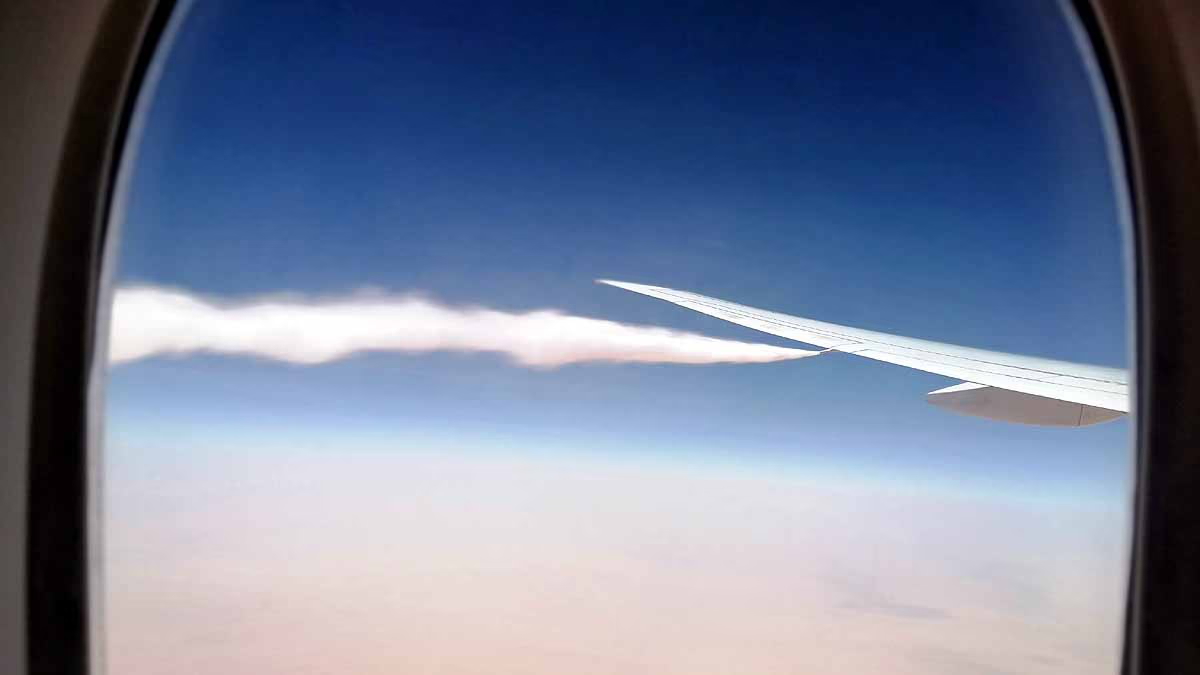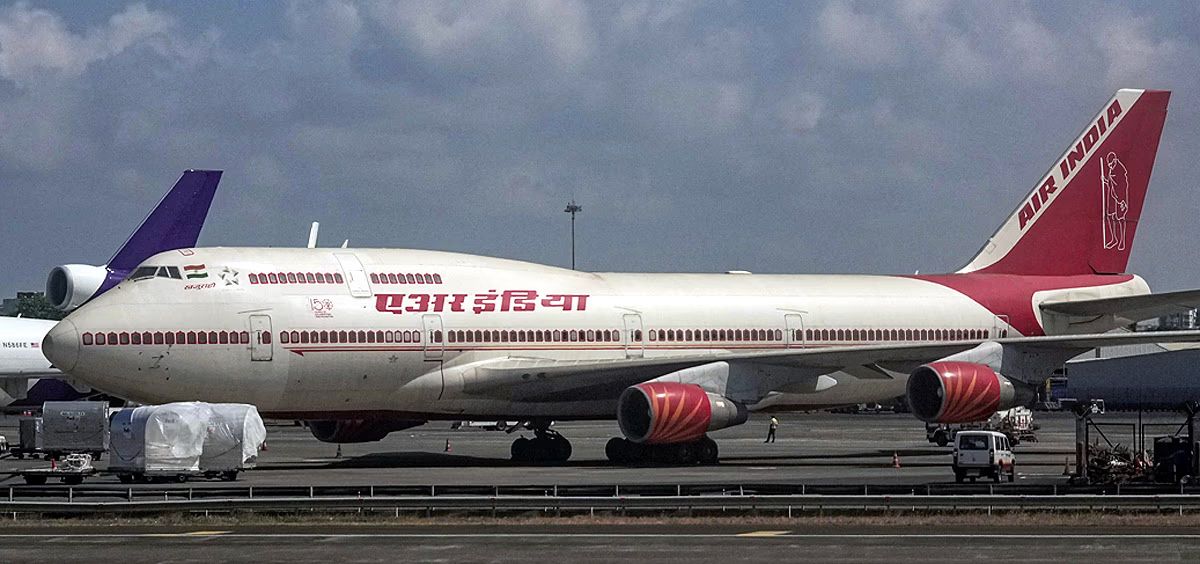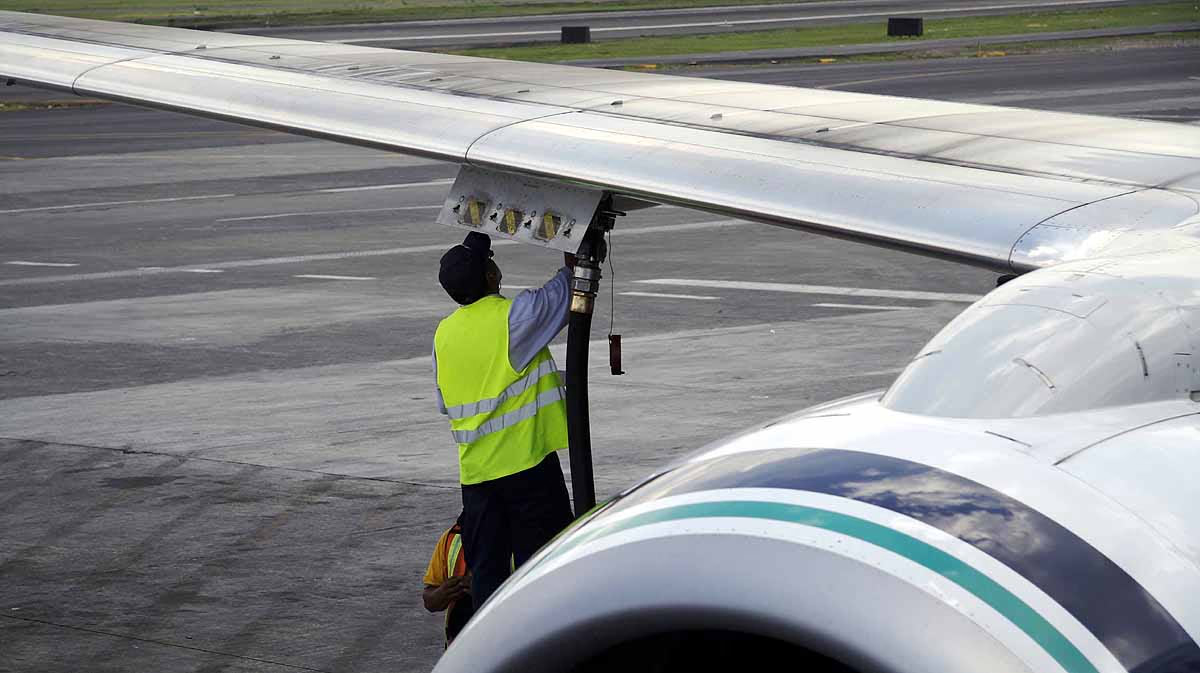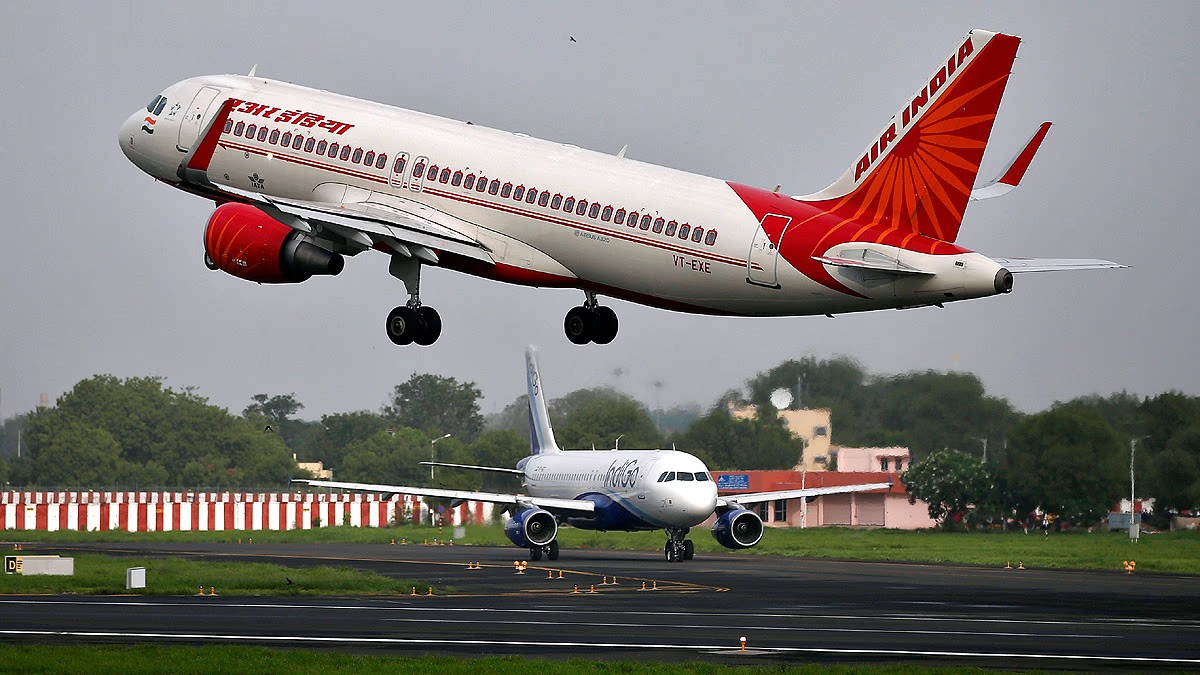The date was October 14, 2024. There was a non-stop flight from Mumbai to New York. Air India's Boeing 777 took off from Mumbai. Its destination was JFK Airport. It was carrying 130 tons of fuel, equating to 130,000 kilograms. However, a bomb threat arose just minutes after takeoff.
Flight AI 119 received this immediate threat. The crew promptly communicated with the pilot in the cockpit. An emergency situation was declared. The aircraft was redirected towards Delhi for a quicker landing. The plane carried passengers, baggage, and cargo weighing between 340,000 and 350,000 kilograms.
Also read: Delhi Pollution: Battling pollution, Delhi-NCR turns into a 'smoky bar'... Equivalent to inhaling 4-6 cigarettes a day without smoking!

Source: aajtak
The aircraft's landing weight capacity was 250,000 kilograms, meaning it exceeded its limit by about 100,000 kilograms. Thus, it became essential to lighten the plane. The solution, while surprising and seemingly daunting, was to dump the expensive aviation fuel.
Reducing Weight for Safe Landing
In aviation, safety reigns supreme. During emergencies, large aircraft may resort to fuel dumping, releasing fuel into the air. This is vital because planes have specific weight-bearing limits. Landing weights should be less compared to takeoff weights; otherwise, heavier planes during landing could pose risks.
Also read: China could wreak havoc on Taiwan in minutes, learn about the Dragon's missile and rocket forces

Source: aajtak
Fuel Weight Equivalent to Three Elephants
Large aircraft contain approximately 5,000 gallons of fuel, comparable to three elephants' combined weight. In case of emergency landings post-takeoff, the pilot must quickly reduce the plane's weight. This practice is known in aviation terms as fuel jettison.
Fuel Disperses Upon Air Release
Extra fuel is expelled from the wings allowing it to evaporate mid-air. Modern planes are equipped with systems capable of dumping thousands of liters of fuel per second, utilizing mechanisms attached to the wings for release via nozzles and valves skyward.
Also read: Air India's flight from Mumbai faced emergency alert, signal sent before London landing

Source: aajtak
Fuel Burned While Circling
At times, planes circle above cities to burn off fuel, reducing weight. The appropriate altitude for fuel dumping is no less than 6,000 feet, allowing the fuel to vaporize harmlessly. Not all aircraft are equipped with this feature.
Not Every Plane Has This Technology
Boeing-737s or Airbus-A320s are designed to land at maximum takeoff weights due to their slender, elongated builds. In contrast, wider aircraft like the 777 or 747 must jettison fuel prior to landing to adjust their weight safely.




